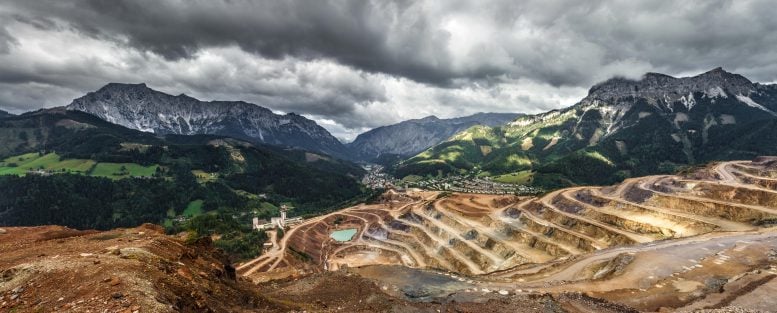
A team of geologists have discovered a new hypothesis to predict where rare earth elements neodymium and dysprosium could be found.
Pioneering new research has helped geologists solve a long-standing puzzle that could help pinpoint new, untapped concentrations of some of the most valuable rare earth deposits.
A team of geologists, led by Professor Frances Wall from the Camborne School of Mines, have discovered a new hypothesis to predict where rare earth elements neodymium and dysprosium could be found.
The elements are among the most sought after, because they are an essential part of digital and clean energy manufacturing, including magnets in large wind turbines and electric cars motors.
For the new research, scientists conducted a series of experiments that showed sodium and potassium — rather than chlorine or fluorine as previously thought — were the key ingredients for making these rare earth elements soluble.
This is crucial as it determines whether they crystalize — making them fit for extraction — or stayed dissolved in fluids.
The experiments could therefore allow geologists to make better predictions about where the best concentrations of neodymium and dysprosium are likely to be found.
The results are published in the journal, Science Advances today (Friday, October 9th, 2020).
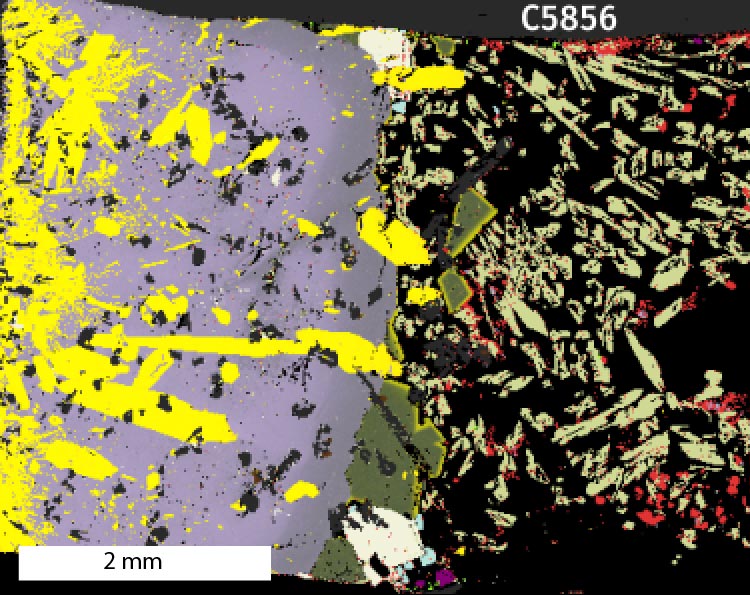
Pioneering new research has helped geologists solve a long-standing puzzle that could help pinpoint new, untapped concentrations of some the most valuable rare earth deposits. Credit: Michael Anenburg, ANU
University of Exeter researchers, through the ‘SoS RARE’ project, have previously studied many natural examples of the roots of very unusual extinct carbonatite volcanoes, where the world’s best rare earth deposits occur, in order to try and identify potential deposits of the rare earth minerals.
However, in order to gain a greater insight into their results, they invited Michael Anenburg to join the team to carry out experiments at the Australian National University (ANU).
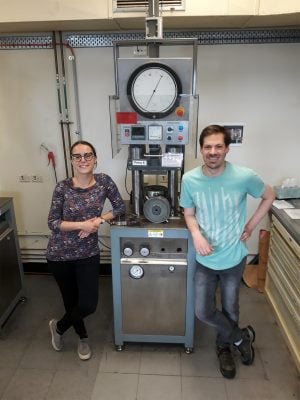
Co-authors Corinne Frigo and Michael Anenburg in front of a piston cylinder apparatus at the Research School of Earth Sciences, Australian National University. Credit: Michael Anenburg, ANU
He simulated the crystallization of molten carbonate magma to find out which elements would be concentrated in the hot waters left over from the crystallization process.
It showed that sodium and potassium make the rare earths soluble in solution. Without sodium and potassium, rare earth minerals precipitate in the carbonatite itself. With sodium, intermediate minerals like burbankite form and are then replaced. With potassium, dysprosium is more soluble than neodymium and carried out to the surrounding rocks.
Professor Frances Wall, leader of the SoS RARE project said: “This is an elegant solution that helps us understand better where ‘heavy’ rare earths like dysprosium and ‘light’ rare earths like neodymium’ may be concentrated in and around carbonatite intrusions. We were always looking for evidence of chloride-bearing solutions but failing to find it. These results give us new ideas.”
Michael Annenberg, a Postdoctoral Fellow at ANU said: “My tiny experimental capsules revealed minerals that nature typically hides from us. It was a surprise how well they explain what we see in natural rocks and ore deposits.”
Reference: “Rare earth element mobility in and around carbonatites controlled by sodium, potassium, and silica” by Michael Anenburg, John A. Mavrogenes, Corinne Frigo, and Frances Wall, 9 October 2020, Science Advances.
DOI: 10.1126/sciadv.abb6570
Rare earth element mobility in and around carbonatites controlled by sodium, potassium, and silica is published in Science Advances on Friday, October 9th, 2020.
The SoS RARE project was funded by the Natural Environment Research Council (UK Research and Innovation) as part of its Security of Supply of Minerals program to help secure diverse and sustainable supplies of ‘e-tech’ metals such as the rare earths.

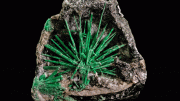

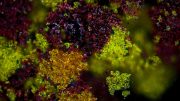
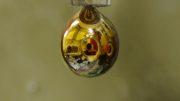

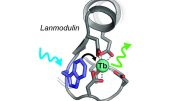
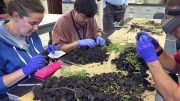

Hi team,I have recently found a deposit of colcopirite and do beleive a black smoker funnel .am wondering if you would be interested in these for your tastings…I live in nz.
Very Interesting.
If these can be repeated in the real world the Volcanoes become the new Source of Rare Earths and reduce dependence on Imprts from China , which is the current major supplier.
In fact if hardy Robots can withstand the Volcanic Magma then the process to produce these “Rare ” Earth elements can be refined and insutrialized on the basis of such a methodology and make these “Rare Earths “less Rare.
Nobel Peace Prize should be in the works for the discovery.
ah, that most modern of scientific words: could
I don’t see what the fuss is. I can tell you where there are 4 (four) billion tonnes globally with concentrations from 0.002 % to 0.18 % depending on the element. No acids, chemicals or solvents are needed to extract the REE.
How deep into Earth we’re this precious minerals found?
There REE deposits in south central asia waiting to be exploited!!!
The study to seek HREE within carbonatite complexes and their peripheries assumes a great significance since it is the ‘fenitised aereole’ (K and na-metasomatised country rocks or older members of the carbonatite complexes) that have been fenitised. Since such envelops can be quite extensive (c. 5-7 km), exploration geologists have to adopt different strategies in order to seek such HREE mineralisation. It calss for a re-look at carbonatite complexes. The researchers must be complimented for providing a clue to such mineralisations.